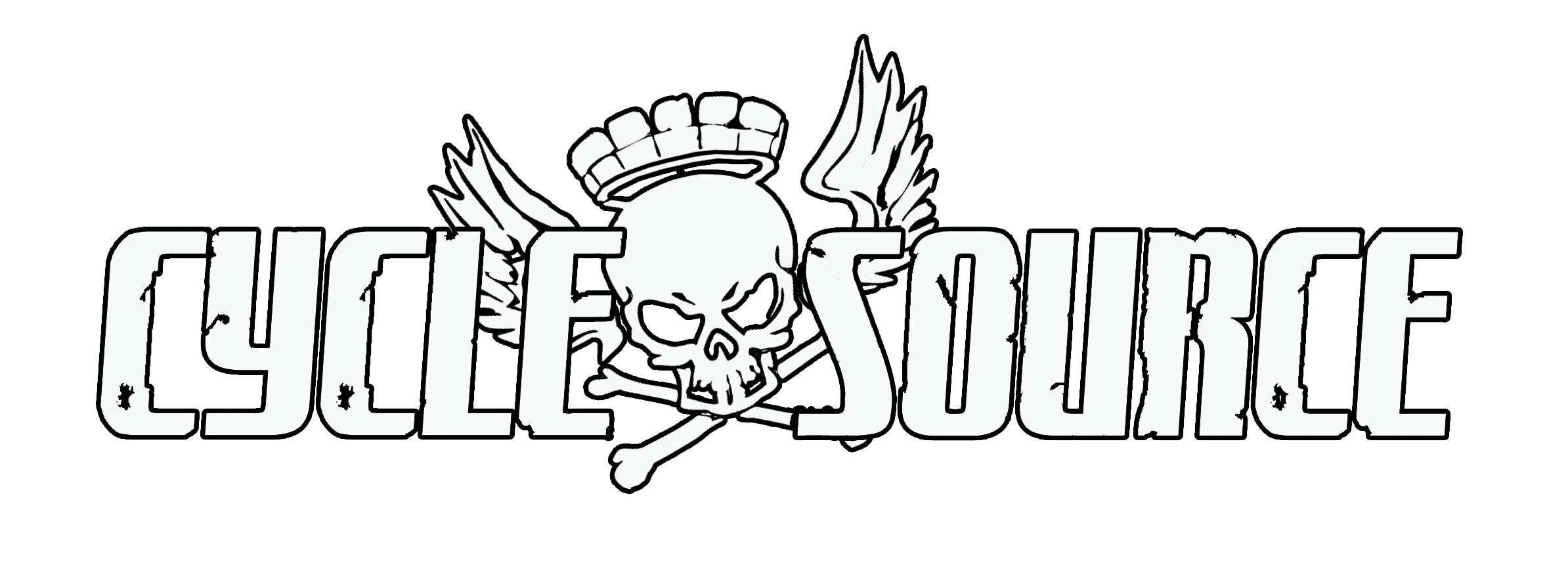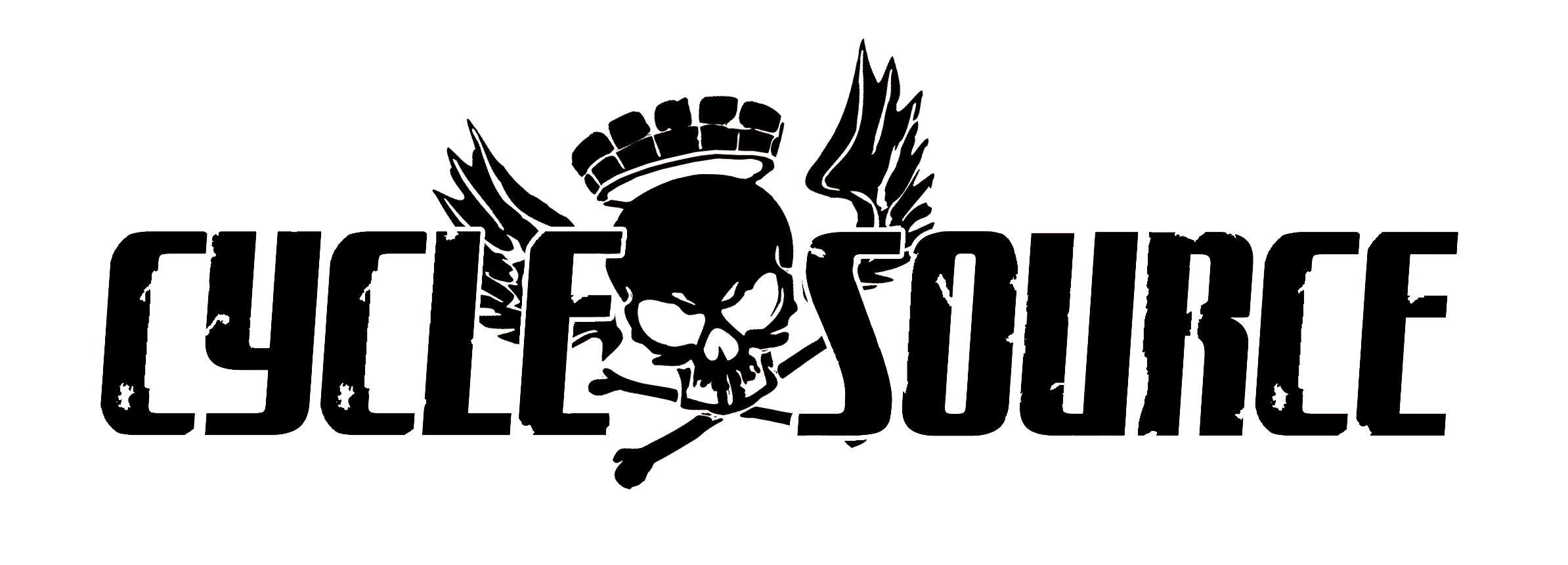Article and Photos By: Chris Callen – www.flatbrokechopsnrods.com
Originally Published In The February 2020 Issue Of Cycle Source Magazine
Having access to some of the most talented builders in the country has it’s ups and downs. The ups are obvious, the downs are sometimes my own fault. I can still remember the look of utter terror that I saw in Aaron Green’s face the day we were working with my English Wheel and there was some surface rust on the big wheel. As I ran to grab a scotch brite and go to work, he began to school me on this tool. The lessons that day were many and fantastic. The first of which was not to just haphazardly try to sand off surface rust from the English wheel. It turns out that for most of us who do not have the luxury of climate controlled work spaces the first thing you should do when you get this tool is to take the rack that comes with it to hold the small roller dies, and just throw it out. You should keep these in a plastic baggy, well oiled and ready for use. Now you might ask why this is so critical? Let me explain further. Since you are using the wheel, sometimes at great pressure, you can in fact impress imperfections from either the surface of the wheel or the dies into your metal. When that metal is steel it isn’t as critical, when it is aluminum, quite bad indeed. But what happens if you don’t know this until you see your big brother’s look of extreme terror after you have mis-cared for your tool? Well, after some thought and conversation, we came up with this fix. Now, I will tell you that I did this on purpose on a drill press with garage mechanics in mind. You might have an English wheel but not a lathe so to that end you will have to have someone with a lathe make the part we made for the drill press.

Step one is making an arbor for the wheel. Since the wheel operates on bearings that will be a little tricky since you will need something that can interfere with the outside of the wheel and not just the bearing. I dug through some old stuff in the shop and found this old piece of hardware that would be great for holding the inside of the bearing, but it was too big to fit in the drill chuck.

Couple minutes on the lathe and I have the right size arbor to fit the chuck. Any machine shop can do this for you easily.

Next problem is the interference with the outside of the wheel so it doesn’t just spin on the bearing. For that, I took a section of rubber battery mat and scribed the outline of a washer on it, then I cut it out.

With the arbor and the wheel chucked up you can see how the rubber washer I made will keep the wheel from spinning.

Here is a good look at the surface of my wheel from where I started. Yes I know, I am a bad tool owner.

For the next step I prepare some 400 grit wet sand paper. I fold it to the width of the wheel surface and soak it with WD40.

Now listen to my words here. You are about to spin a 25 pound mass, I caution you to take steps toward safety. Start slow, make sure the chuck is tight and move the drill press deck up incase it comes loose.

It ended up taking three sessions as described above before I was happy with the surface of my wheel. On the last session I moved down to a 600 grit paper just to ensure that I wasn’t leaving behind any grooves. You may want to go even further and who knows, once I see the way this works the next time I am shaping metal I may want to come back and do this some more myself. For that reason I am keeping the arbor and the rubber washer in the same drawer of the tool box that I will now be keeping the wheel.

Before it goes in the drawer I put it into a freezer bag with a liberal coating of WD40. This operation, hell the whole article was inspired by my brother Xavier who treats his tools the right way and shamed me with his operations on my last visit to Providence Cycle Worx.

My smaller die wheels were also in similar shape. Even those these were in a drawer of my tool box, as you can see from the design left on the surface from the drawer liner, they still took on moisture and began to rust.

These were a little tricker to prepare since the type of tool I have uses dies with a shaft pressed in them. I used the same principal, a rubber washer with the ability to interfere with the outside of the wheels rotation.

The difference here was that I didn’t have the benefit of an adjustment bolt like I had on the arbor I made for the wheel so I would need to apply upward pressure to the die as I tightened the chuck onto its shaft.

Same procedure once I checked it at a slower speed. Three sessions just as described with the large wheel and the finish was like new again.

Bottom lines is this took about three hours out of my life that could have been avoided if I had just done what Xavier does every time he uses a tool and “Take care of them so they take care of you.” See that Hermano, we both learn something from each other!























